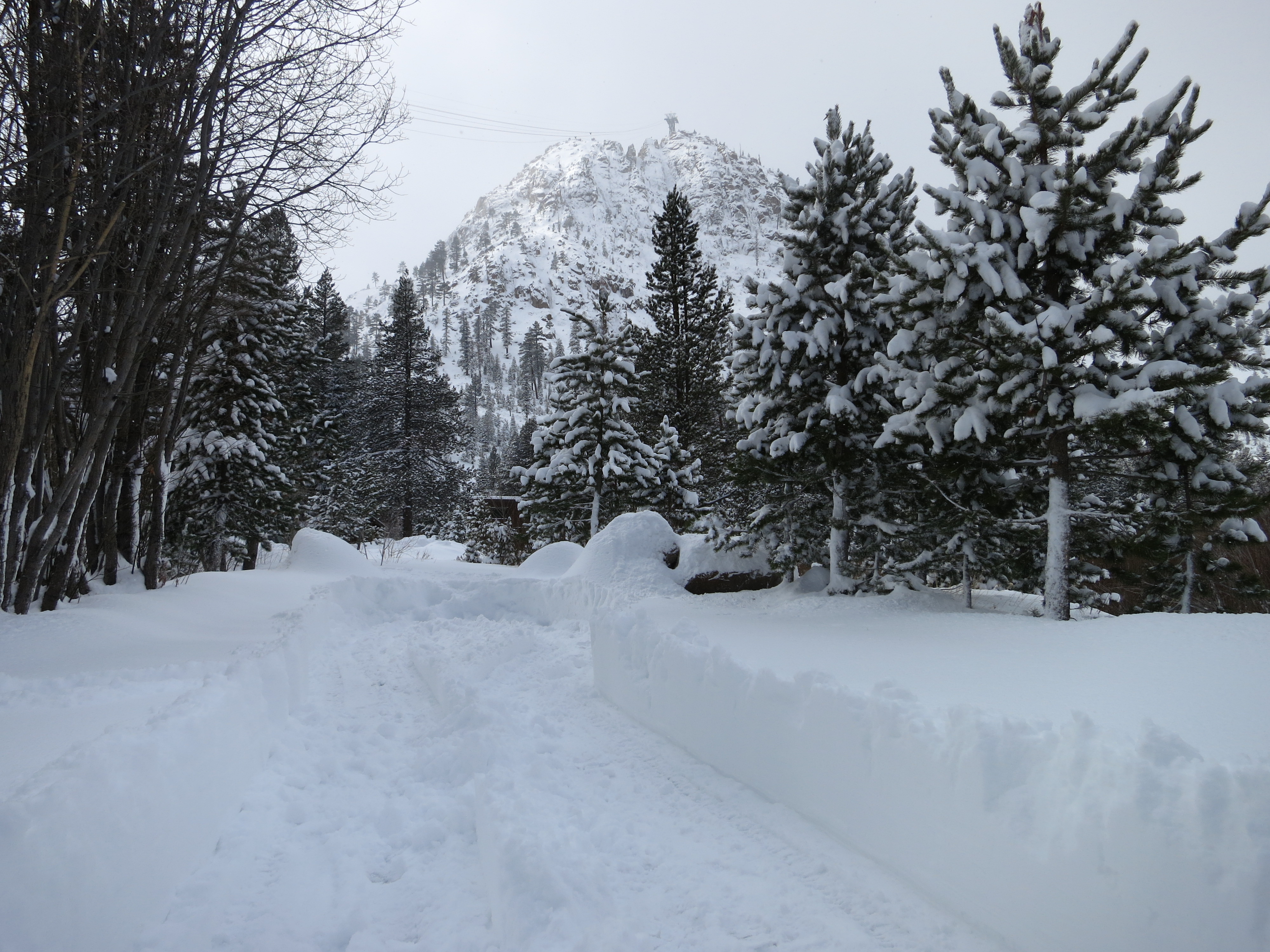If winter gives you summer, you may as well do summer stuff.
Skiing Stoke from Lake Tahoe
While Tahoe is suffering from the winter that wasn’t, some locals have been fortunate enough to visit places with copious amounts of snow and splendid ski conditions. Mike Walker enjoyed lapping untracked pow at Grand Targhee last week. Factory Bike owner Matt Duniho ventured into stunning terrain in the Selkirk Range of Canada.
The warmest summer I ever spent was a winter in Squaw Valley. It hasn’t snowed in five weeks and it’s not going to for at least another two. Meteorologists are in agreement there is nothing but high pressure in our medium range future. After the driest calendar year in the history of California, we are officially in a drought state. The rest of the country is feasting on powder. The mass exodus has begun and road trippers are reporting back with huge smiles and a gluttony of Facebook posts from Montana, Wyoming, Utah, Colorado and the Pacific Northwest. Some locals trying to keep a sense of humor about the current situation have started a movement called “Staches for Snow” and are growing mustaches until KT opens. Hopefully that will happen prior to 2015. A sacrificial bonfire to the snow gods is planned for January 25 at an underground location on the Truckee River.
Alpine Meadows local, Jason Mack, recently returned from guiding the third Antarctic Ski Cruise. Read about his adventures with glacial skiing, huge ocean swells, penguins, seals and more in his complete trip log.
Merry Christmas from Squaw Valley. We desperately need snow but at least we have gorgeous weather here in sunny California.

Tahoe ski areas received about two feet of ultra dry snow last weekend which was somewhat of a mixed blessing since it fell on top of bare ground with no substantial base. The fresh snow looks great but skiing it may expose your skis and body to rocks, stumps, branches, and other hazards that can end your season before it’s even begun. Groomed runs are fine of course and ski areas are making the best of the cold streak with extensive snowmaking operations. High pressure will hang over Northern California for at least another week.
Although the past two ski seasons were not known for their consistency or quality, we still had some great days. Here’s a look back at a few highlights from 2012 and 2013.
Chasing the Dragon from Nut Hut Studios on Vimeo.
My first story for Epic Moms, Gearing Up: Kids’s Skis, Boots and Snowboards, was published yesterday. In it, I offer fitting advice for kids’ gear and info on Tahoe gear trade-in programs. There will be more mommy blogging to come throughout the season, so stay tuned.
© 2025 Lake Tahoe Skiing Blog
Theme by Anders Noren — Up ↑
Recent Comments